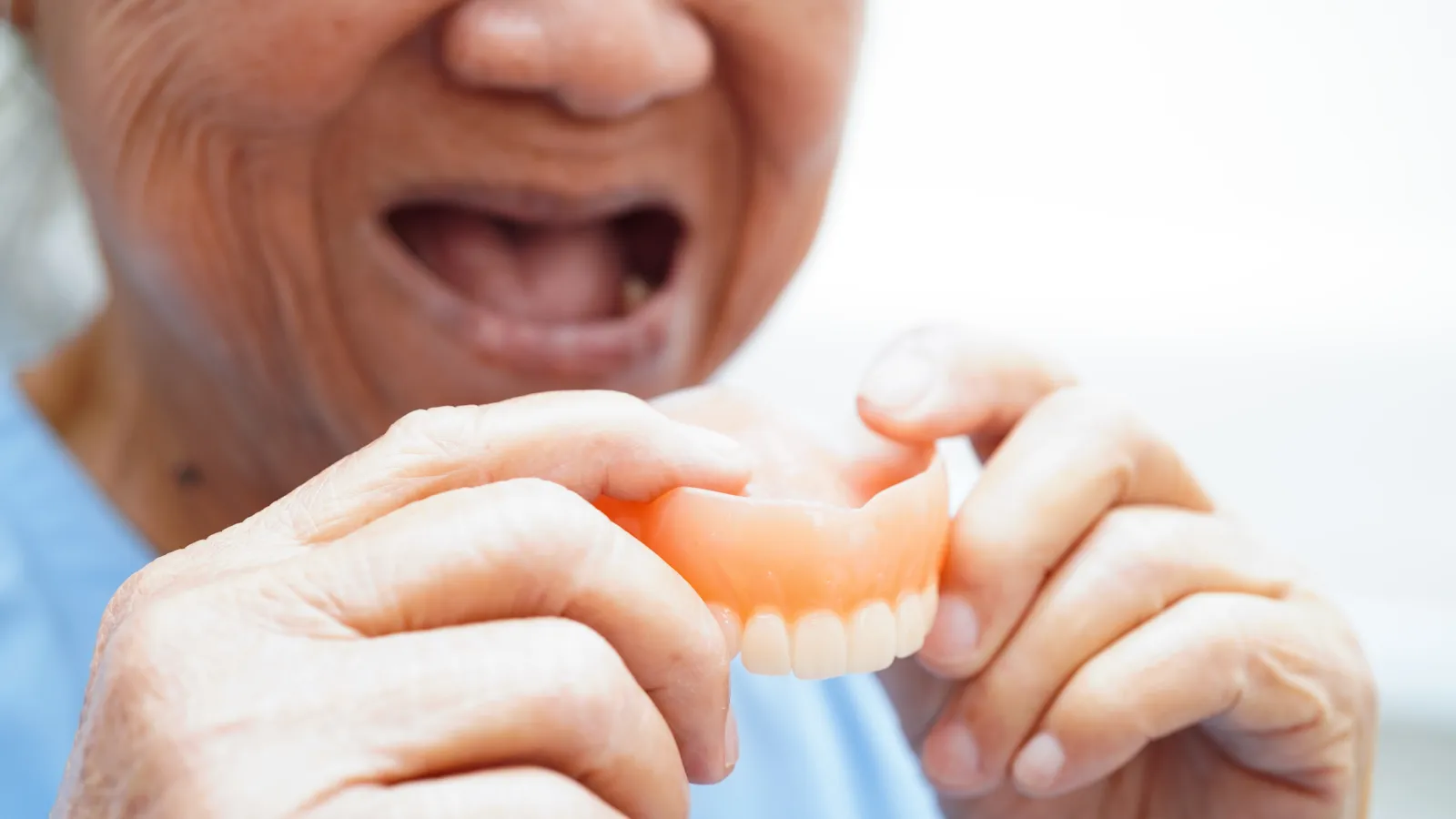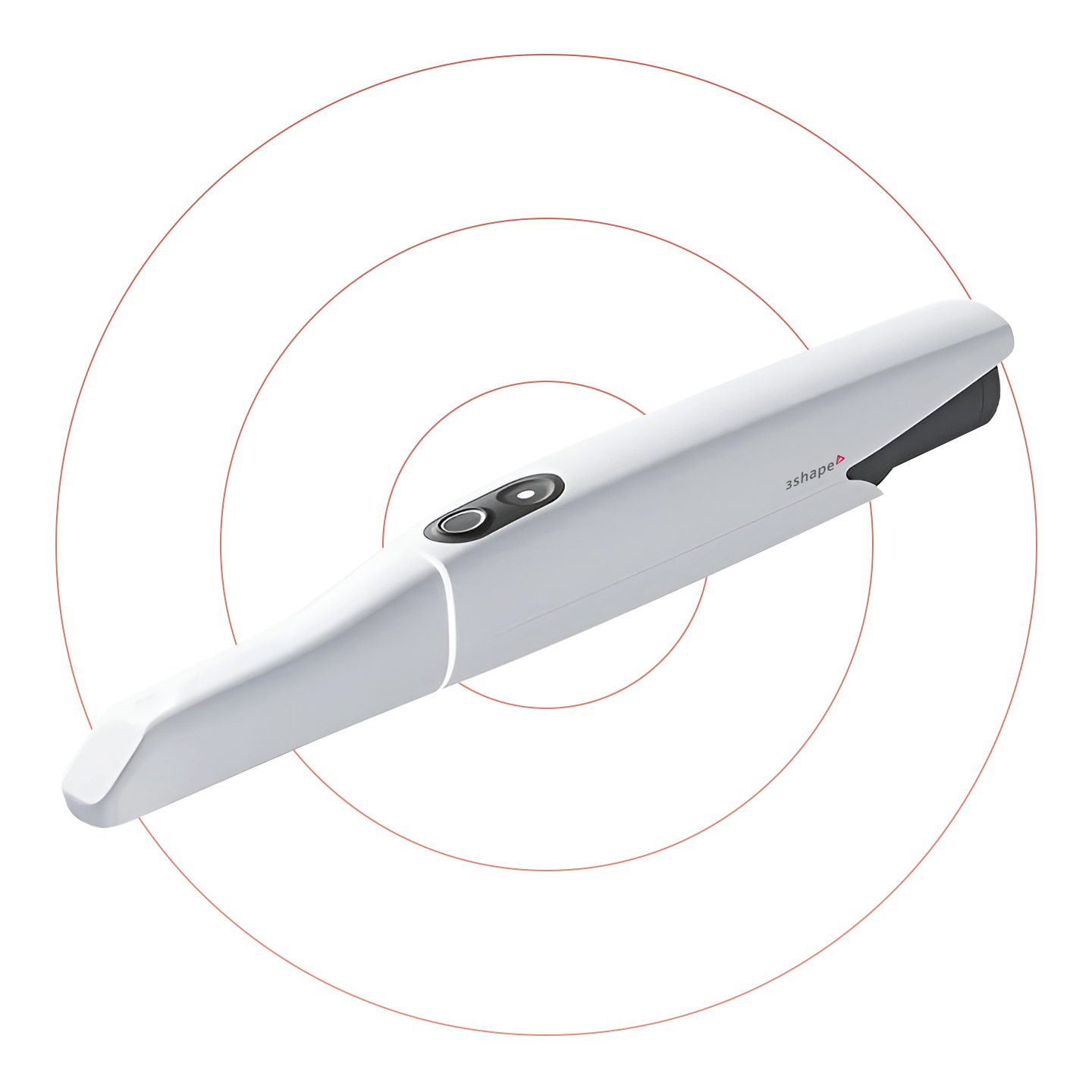Removable Acrylic Dentures: A Clinical Overview for Dentists
Removable acrylic dentures remain one of the most widely used and cost-effective solutions for patients with partial or complete edentulism. Fabricated from moldable acrylic resin, they offer flexibility in adjustment and ease of fabrication. Due to anatomical changes in the alveolar ridge over time, it is generally recommended to replace acrylic dentures every 5 to 8 years.
Indications
Removable dentures are indicated for:
* Partially or fully edentulous patients
* Cases with severely decayed or structurally compromised teeth
* Patients with periodontal damage and tooth mobility
* Individuals with low bone volume who are not suitable candidates for bone grafting or implant surgery
Recommended Treatment Timeline (for patients treated abroad)
* Minimum stay: 4 days
* Number of visits: Double-visit workflow possible
* Laboratory turnaround time: 5 days
* Chairside appointments: 1 hour for impression, 1–2 hours for denture placement
Clinical Workflow
1. Initial Impression & Case Submission
After intraoral examination and any necessary extractions, initial impressions or digital scans are taken and submitted to the lab. In conventional workflows, a wax bite rim may also be fabricated to support occlusal and vertical dimension recording.
2. Laboratory Fabrication (3-4 Days)
The lab fabricates the prosthesis using high-quality acrylic resin, with careful attention to anatomical adaptation and esthetics. Full or partial dentures feature a gum-colored acrylic base with prosthetic teeth mimicking the patient’s natural dentition.
3. Try-in (if applicable)
Depending on the clinical case and esthetic demands, a wax try-in may be performed prior to final processing.
4. Final Delivery
The finished prosthesis is adjusted chairside and delivered. Occlusion, fit, and patient comfort are verified before case completion.
Benefits for Clinical Practice
Advantages:
* Cost-effective solution for both lab and patient
* Esthetically favorable (no metal clasps required in full dentures)
* Straightforward chairside protocol
* Easy to adjust or reline
Limitations:
* May require replacement every 5–8 years due to resorption and wear
* Upper full dentures may impair taste and induce gag reflex
* Can be less stable and comfortable than fixed restorations
Maintenance & Patient Instructions
Dentists should advise patients to:
* Clean dentures daily using soft brushes and non-abrasive soap
* Avoid abrasive toothpastes or whitening agents
* Store dentures in water overnight to prevent drying and deformation
* Remove dentures at night to allow gingival tissue rest
Note: Acrylic is prone to staining and can fracture if dropped.
Material Information
Material used:
* Heat-cured acrylic base, colored to match gingival tissue
* Polymer-based denture teeth selected for shade and wear resistance
Common Questions from Patients (For Chairside Use)
Q: Can patients eat normally with acrylic dentures?
Most patients adapt well, but caution should be advised with hard or sticky foods.
Q: How should patients clean their dentures?
Daily cleaning with soft brushes and mild soap is essential. Avoid using regular toothpaste or bleach.
Q: How long do acrylic dentures last?
Typically 5–8 years. Over time, relining or rebasing may be required due to tissue changes.
Clinical Considerations & Risks
* Mild irritation during initial adaptation period
* Risk of pressure sores or candidiasis with poor hygiene
* Potential for fracture if dropped
* Poor retention in cases with advanced ridge resorption (consider implant-retained alternatives)
Partner With Godent
At Godent, we offer fully digital workflows for both conventional and digital removable dentures, including scan support, try-in verification, and quick turnaround — all backed by real-time case communication and optional design previews.


